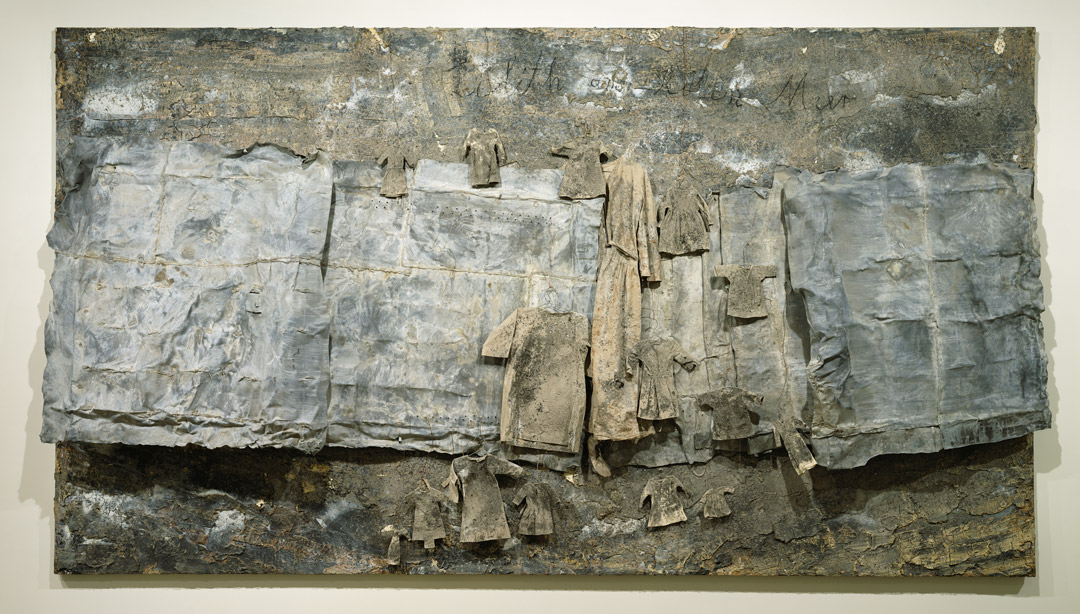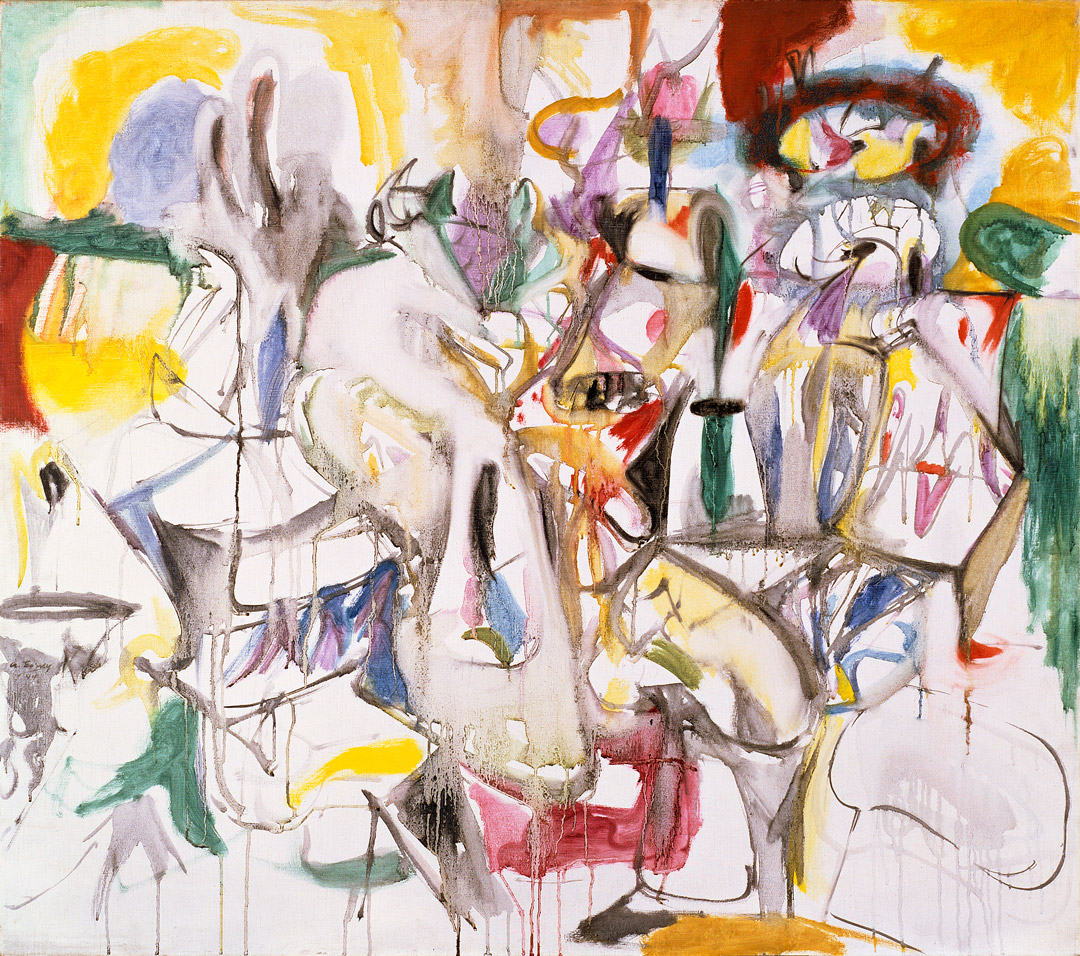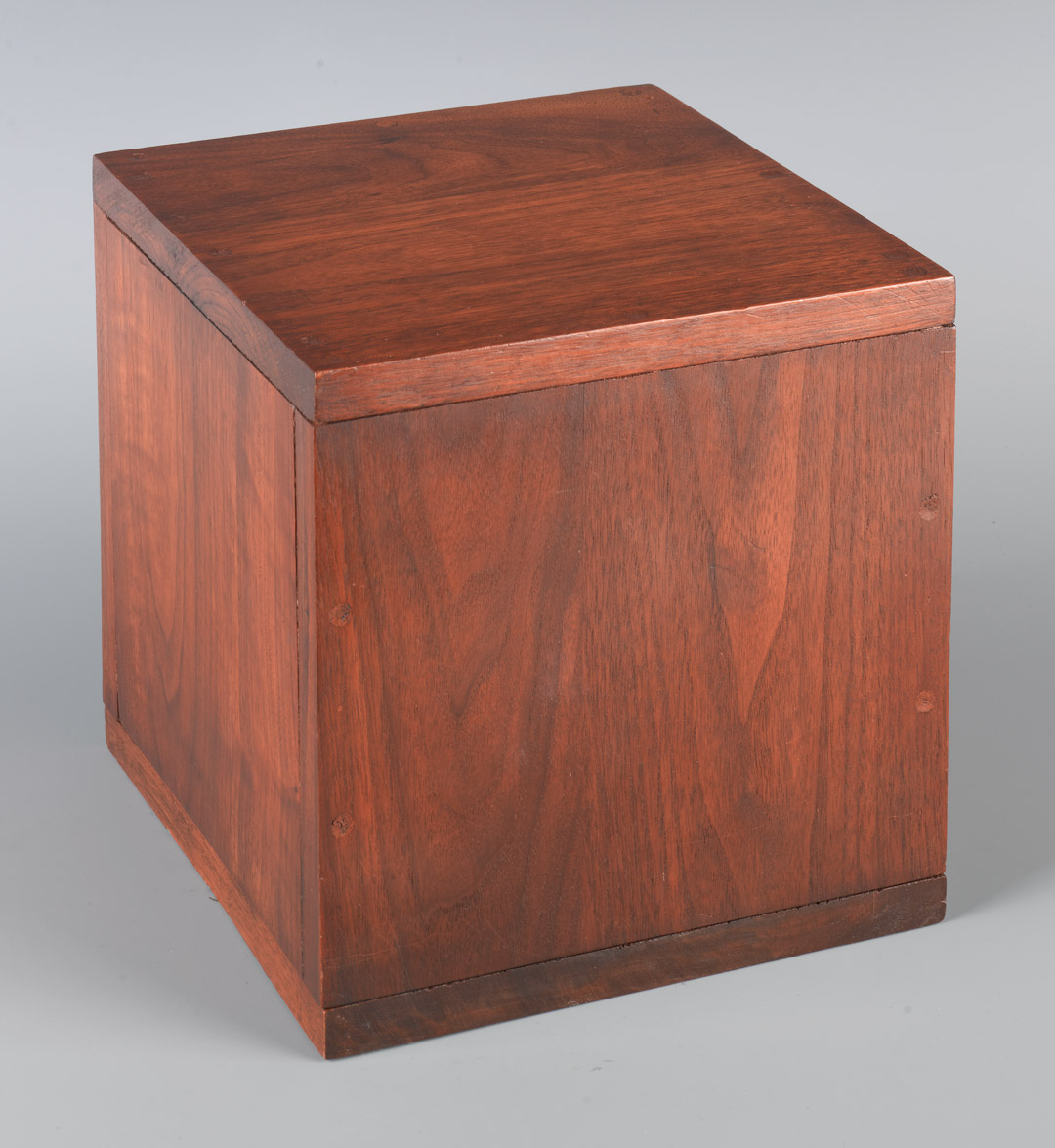Die Welle (The Wave)

“History speaks to artists. It changes the artist’s thinking and is constantly reshaping it into different and unexpected images.”
–Anselm Kiefer
The horrors and devastation of World War II, and especially the trauma of the Holocaust, remained deeply embedded in the collective consciousness of German society long into the 20th century. Kiefer’s allegorical landscapes draw on myth and poetry that reflect vistas of utter devastation, emptiness, and loss. His ashen colors and dense materials include charcoal, straw, debris, and lead. The physical weight of heavily layered paintings, like The Wave, corresponds to the burden of Germany’s leaden history.
Bagley Wright described this painting as one of the key pieces to characterize his and Virginia’s collection—It marks the moment when the Wright’s interest in American artists shifted to a focus on artists from Germany.
On view in Material Difference



